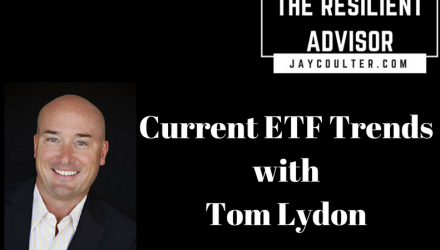“With these strategies, they offer a little bit more discipline in a whole variety of ways, but with that comes a lot more need for education,” Lydon said.
Lydon explained that the so-called smart beta strategy is a broad generalization of anything that is not a traditional market cap-weighted indexing methodology. So something as simple as an equal-weight or value-oriented indexing methodology may be considered “smart beta.”
As more companies get into the ETF game with many of the traditional benchmarks already claimed, new players are looking to differentiate themselves from the more established competitors by offering rules-based or factor-based smart beta ETFs. These factor or multi-factor strategies may incorporate screens like value, quality, dividends, size and volatility, or factors that have historically been proven to provide enhanced market returns and diminish portfolio risks.
“A lot more choice,” Lydon said. “There are over 2,000 ETFs today. Almost 600 billion dollars in smart beta ETF strategies. But as we talk to advisors all the time, they are just dying for more education and information about all the smart beta or intelligent index strategies that are out there because they’re just so many choices.”
For those who are interested in hearing the rest of the podcast, head over to The Resilient Advisor where Tom Lydon touches upon other topics like ETF costs, ETF strategists, yield-generating ETFs and others.
